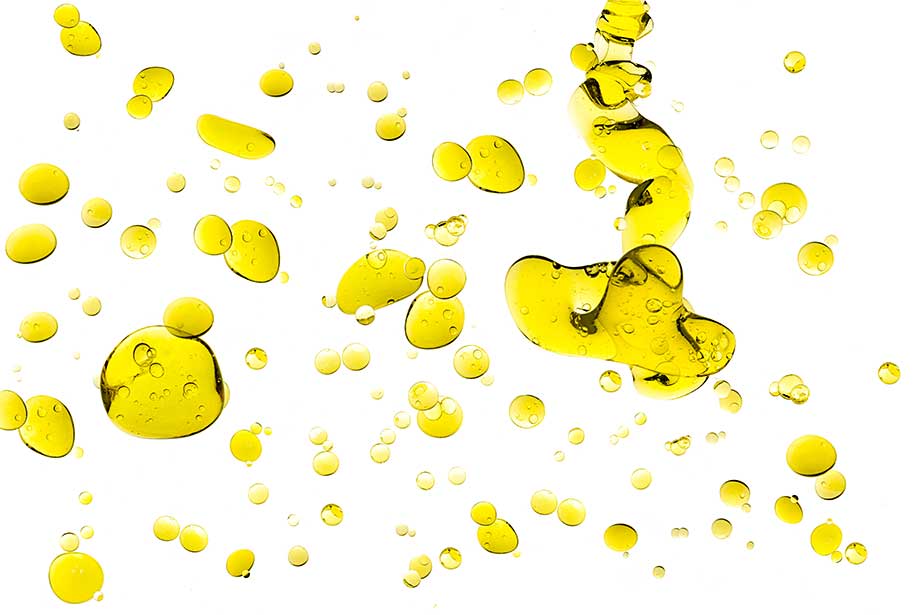Lipid droplets are cellular storage organelles involved in lipid metabolism and energy homeostasis. They can be found in nearly all types of eukaryotic cells and even in many prokaryotes. In adipocytes, a cell type specialized in energy storage, they can comprise the vast majority of the cytoplasmic volume. Lipid droplets exhibit a very particular organelle architecture, as they are the only cellular organelle enclosed by a phospholipid monolayer surrounding a hydrophobic core of neutral lipids, composed of predominantly triglycerides (TAGs) of various fatty acids.
Lipid droplets emerge from the endoplasmic reticulum, where the TA synthesis machinery synthesizes TAGs from Acyl-CoA and glycerol-3-phosphate in a process that involves several enzymes and intermediate steps. TAGs initially integrate loosely between the lipid bilayer leaflets due to their hydrophobicity. Beyond a certain concentration, the neutral lipids unmix and naturally coalesce into a lens. Seipin is the main organizer of early lipid droplet biogenesis and helps to focally concentrate and organize the lens. Additional lipid biogenesis factors are recruited to facilitate the growth of the emerging droplet. The lipid droplet bulges further into the cytoplasm due to differences in the composition of the ER luminal and cytoplasmic leaflets of the membrane bilayer, which modulates surface tension to assist the budding of the lipid droplet. After budding, the lipid droplet may interact with other cellular organelles to provide TAGs and fatty acids locally, or they may further grow in size through the fusion of multiple droplets or local lipid synthesis.
Lipid droplets interact with nearly all organelles in the cell, and often interact with various organs simultaneously. However, the molecular mechanisms of organelle docking are poorly understood. Often, perilipins on the surface of the lipid droplets are involved in the interaction.
Lipid droplets play critical roles in storing TAGs and maintaining the pool of free fatty acids. Furthermore, they are a key source for the utilization of fat metabolism for mitochondrial energy production by β-oxidation. And finally, lipid droplets are the organelle of choice to provide a source for local membranogenesis in cells with extraordinary levels of membranous growth or a rather distant membrane formation, for example, in neuronal growth or myelination.

Lipid Metabolism at Enzo Life Sciences
Enzo Life Sciences offers a comprehensive product portfolio for
metabolism research, including our
Adipogenesis assay kit, our highly pure recombinant
Adiponectin proteins, and our highly sensitive
Adiponectin,
Leptin, and
NGAL ELISA kits for lipid metabolism-related studies. Do you have any questions regarding our products or their implementation into your research? Please contact our
Technical support team for more information. We will be happy to assist.









